No. Not every veterinary practice will offer the same level of care.
This page explains WHY Dandenong Veterinary Hospital (DVH) is different.
It is our priority at DVH to use our skills and knowledge to aim for your pet’s most comfortable and safest surgical experience. Medicine is a complex field, and there can be many options your veterinarian may choose when it comes to the level of care offered for your furry family member. This covers the equipment choices, product choices and procedures we perform.
Comparing costs? Be sure to compare apples-with-apples. We too could cut these options out completely, or choose a more inferior, or cheaper option, but at DVH, we understand how important each choice is. We feel that it is too important to NOT offer your pet this level of care.
We also offer payment plans.
Let us share WHY we have made these choices for you, and WHY we won’t compromise on the level of care your pet deserves.
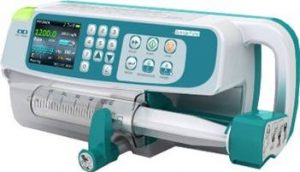
That's right...not a breathable anaesthetic gas! Alfaxan anaesthetic-agent is given direct into a vein, via catheter.
TIVA is available in our hospital and is frequently utilised for suitable patients & procedures. Alfaxan:
...rarely or never use TIVA, but only a gaseous (breathable gas) anaesthesia instead. Anaesthetic gas has a lower comparative safety margin, can negatively affects blood pressure, and frequently prolongs the recovery phase, even into the following day.
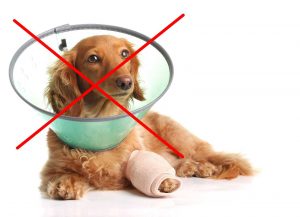
Most patients benefit from us taking that little more time (with a special suture and needle) to position the traditional "skin" sutures INSIDE the surgical wound, not on the skin surface. Oh, yes...no visible skin sutures in most surgeries! This also means less irritation and we can generally avoid that annoying E-collar around their neck!
The size and position of the surgical wound does influence our choice here, but we recognise the value of choosing internal (intra-dermal) suture techniques where that option is best!
...often take the quicker or cheaper option to simply position skin sutures on the skin surface. Traditional skin-sutures tend to annoy patients more (and increase wound-licking), and can increase the risk of the patient pulling their sutures out! Such sutures may also require the use of an annoying Elizabethan Collar around their neck! E-collars are bulky and frustrating to both the patient AND the owner. Wouldn't it have been easier to make the effort to avoid the need for a collar in the first place?
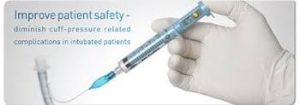
...will they measure the cuff-pressure they inflate? The windpipe is delicate; at minimum, irritation of the windpipe can lead to uncomfortable coughing, more serious damage can occur with prolonged pressure damage.
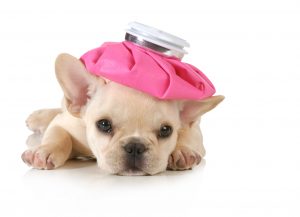
Six-levels of pain management. Allows us to reduce the depth of anaesthesia that we need AND keeps your pet’s comfort as priority!
...might not use triple-combo pre-surgery medications, might not consider the benefits of skin numbing cream, they might completely skip the benefits of local anaesthetic nerve blocks and could be unaware of the huge benefits of continuous pain medication infusions in the fluids.
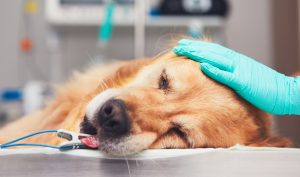
Examples being a warming-pad AND a warm-air patient heater to keep patients warm during surgery and encourage faster recovery after surgery. We can even warm intravenous fluids before they enter into the patient vein
...may not use any “active” warming, or only use heat-pads (not using warm-air flow) and may not have fluid-warming available at all.
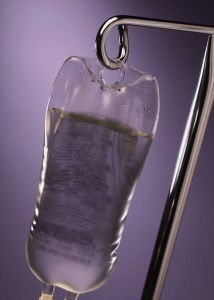
Intravenous fluids (and catheter) allow many benefits to:
...may choose not to use catheter(s), may choose none, or only certain patients, to have intravenous fluids, or may choose not to use a dedicated fluid pump.
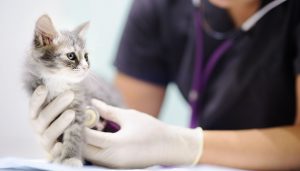
We have a nurse specifically assigned to your pet during the entire procedure from induction into recovery to provide focused attention towards monitoring patient vital signs, as well as anaesthetic and peri-surgical care.
Thorough assessment of each patient is part of our system protocols: pre-surgical AND post-surgical patient examination assessments review 16 health parameters BEFORE we commence the surgery and AFTER the surgery (before the important home-time arrives).
We integrate digital anaesthetic monitoring charts AND digital patient record keeping to reduce the need for unnecessary paperwork. This improves efficiency and frees up the nurse and veterinarian to focus on the more important tasks in their duties.
...may routinely expect their nurses to multi-task other hospital jobs and procedures, simultaneously. The nurse may therefore not be focused on dedicated patient care.
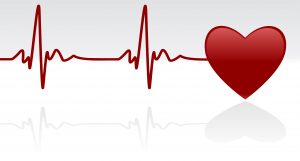
Dandenong Veterinary Hospital has a variety of dedicated monitoring equipment available to more closely monitor early or subtle changes in your pet's condition:
...may not have this range, or quality, of advanced monitoring equipment available for use and therefore have less information available to them to best manage anaesthetic risks.
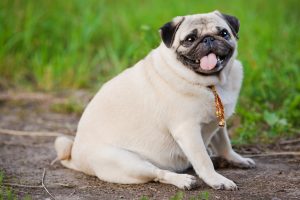
Is your dog considered a brachycephalic (short-nosed) breed?. If YES, then extra care and preparation is necessary. Such breeds have elevated anaesthetic risks for peri-surgical regurgitation and vomiting and consequential oesophageal damage or aspiration pneumonia. There are additional medications and ICU-care that we utilise to assist in their risk reduction for such complications.
What breeds (or significant mixes) are considered brachycephalic? Examples: Affenpinscher, Boxer, Bulldog, Brasileiro, Brussels Griffon, Bullmastiff, Boston Terriers, Cavalier King Charles Spaniel, Cane Corso, Chow Chow, Dogue de Bordeaux, English Toy Spaniel, French Bulldog, Japanese Chin, Lhasa Apso, Pekingese, Pug, Shih Tzu
...may not even discuss the additional medications and care that could be provided (on the evening before, or day-of the surgical procedure) to reduce these known risks with brachycephalic breeds.
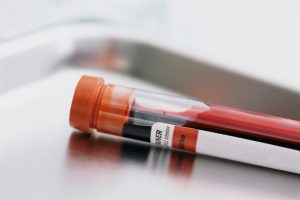
DVH advocates for EVERY patient to have a pre-anaesthetic screening blood test. This gives us the BEST way to identify detectable risks BEFORE an anaesthetic procedure. We additionally make use of a two-parameter blood test (PCV/TP) on the day of their procedure to assess hydration and red blood cell (oxygen-carrying cell) levels.
...may not even discuss the option, or benefits, of a pre-anaesthetic screening blood test in advance of the surgery procedure. Other practices may also skip a pre-surgical PCV/TP screen.
These have been just a few of the “essential extras” that contribute towards Dandenong Veterinary Hospital’s Standards of Care.
Quality medicine and quality equipment means so much to our patient outcomes.
Our difference is in the details!